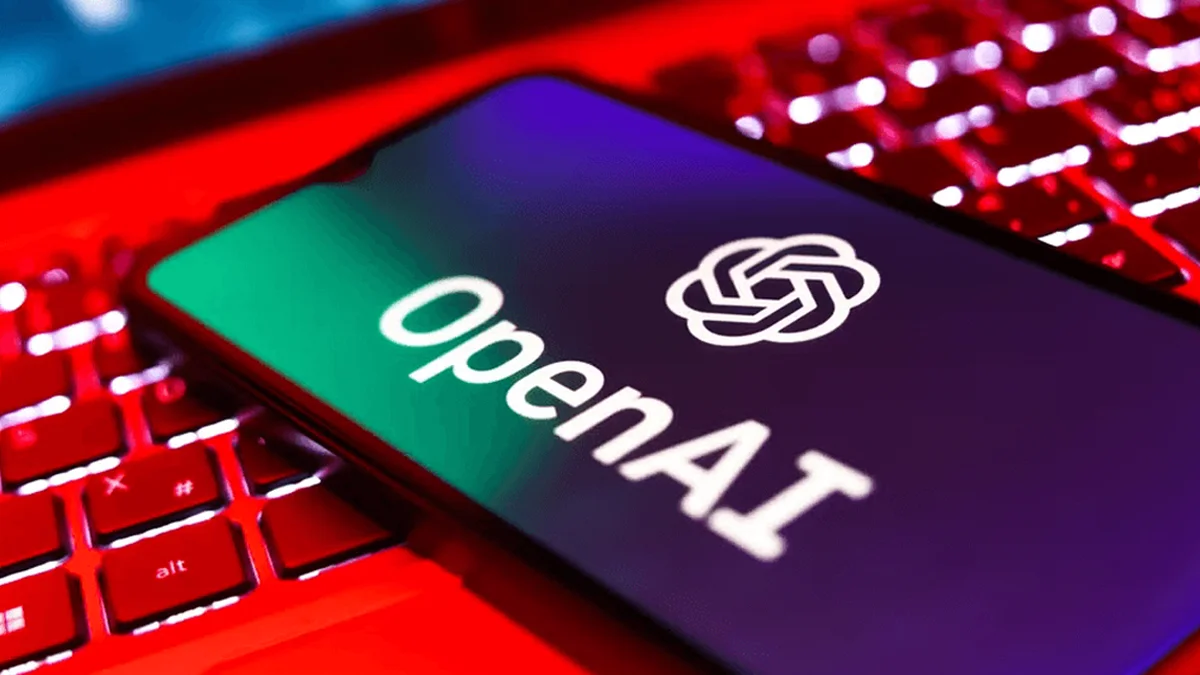Necessary Always Active
Necessary cookies are required to enable the basic features of this site, such as providing secure log-in or adjusting your consent preferences. These cookies do not store any personally identifiable data.
|
||||||
|
||||||
|
||||||
|

OpenAI has acquired io, a hardware startup founded by UK designer Johny Ive and his firm, LoveForm in a $6.5 billion deal. According to the Verge, the deal is awaiting regulatory approval. In this deal, Jony Ive’s partnership with OpenAI points to a significant shift to the AI hardware space by the US AI startup.
Although AI has been revolutionizing the tech sector in the last few years, its availability in consumer hardware has been scarce. Software companies have embraced the technology and integrated it in application. However, physical devices that integrate AI seamlessly into people’s day-to-day lives have not been developed yet.
OpenAI’s IO acquisition points to a strategic shift to consumer-oriented products as the company looks beyond software solutions. CEO Sam Altman and Ive are looking to change this situation. In an announcement that marks a major milestone in AI integration into consumer technologies, the two announced plans to launch the first AI-native device by the end of 2026.
Jony Ive’s OpenAI project will see him combine his design experience and AI technology to develop a new generation of AI-native devices that integrate flawlessly in everyday life. Ive is popularly known for designs that shaped products for big brands like Apple.
OpenAI’s bet on AI hardware will likely open new revenue streams and markets for the AI startup. This will enhance its competitive advantage on the global stage as it takes on its main rivals, Google and Apple. Already, Google is using its huge Android user base to integrate AI features into its services.
Apple, on the other hand, is planning to make big strides in integrating AI in its extensive ecosystem. Speculation on the nature of the device that OpenAI and Jony Ive will design remains rife. Some hints point to a screen-free, pocket-sized gadget that complements current technology as opposed to a smartphone. The design could also resemble a lanyard that is worn around the neck.
The device is expected to come with advanced environmental abilities. It’s also expected to leverage voice-based in line with Ive’s philosophy of non-intrusive functionalities. As OpenAI’s AI device development takes shape, many think that the company will be contending with several challenges.
The biggest challenge relates to ensuring their innovation communicates effectively in the absence of a visual interface. Additionally, if OpenAI settles for a lanyard, questions about the practicality and market appeal of the gadget emerge.
As OpenAI ventures into the hardware market, it faces multiple risks. Previously, attempts to develop AI-native devices like Humane’s Rabbit R1 and AI pin experienced huge challenges that ended in market failures. OpenAI must avoid the pitfalls that led to these failures. It must also adopt a strategic pricing model to ensure that it remains competitive.
Sources close to the AI startup suggest that it might adopt a freemium model that will see OpenAI offer the new gadget free of charge to ChatGPT subscribers. This strategy has traditionally been used by telcos as a way of overcoming consumer reluctance. The company has an ambitious goal of shipping about 100 million devices upon launch.
This alone poses a huge logistical challenge because currently, OpenAI does not have established production and supply chain facilities that tech giants like Apple possess. Potential tariffs coupled with global distribution complexities compound OpenAI’s challenges. As the AI startup navigates the new hardware territory, its shareholders will remain cautious. The tech industry is full of hardware ventures that failed to take off.
Entry barriers in this space are also formidable. Until the AI company is able to demonstrate its capacity to deliver a competitive product, stakeholders are bound to remain skeptical. The latest $6.5 billion investment IO is not just a bold vision in the future of AI, it’s also a big gamble that the company has made in the highly dynamic industry.